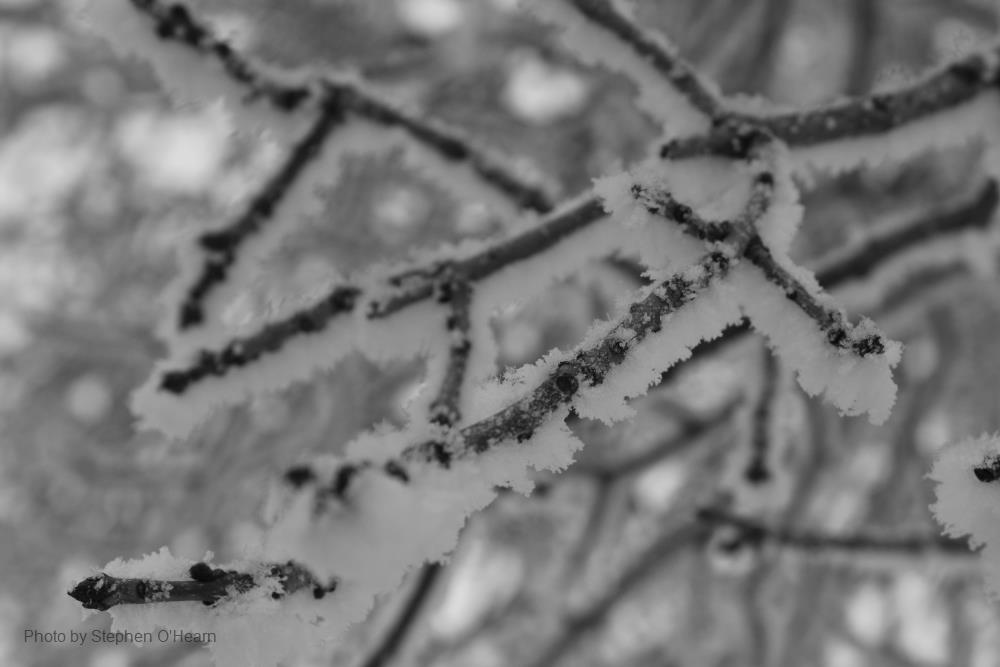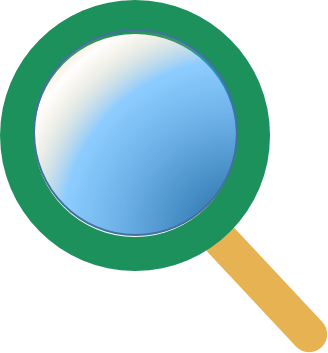
Related items loading ...
Section 1: Publication
Publication Type
Conference Poster
Authorship
Pomeroy, J.
Title
Challenges in Alpine Snow and Ice Hydrology
Year
2025
Publication Outlet
EGU General Assembly 2025, Vienna, Austria, 27 Apr–2 May 2025, EGU25-13257
DOI
ISBN
ISSN
Citation
Abstract
Advances in alpine snow and ice hydrology have occurred due to the relentless efforts of field researchers to study snow processes in remote research sites, improvements in automated instrumentation, advances in remote sensing, and improvements in numerical modelling. Crucial has been the joint consideration of the mass and energy conservation equations and phase change in various calculation procedures. For instance, energy budget snowmelt and icemelt methods have replaced calibrated, anti-physical and highly uncertain temperature index melt models. Slope, aspect, remote shading, katabatic flow and wind flow over complex terrain are considered in energy and mass balance calculations. Albedo decay considers changes in grain size and increasingly addresses deposition of impurities such as soot. Snow redistribution by wind and by gravity have been recognized as important processes controlling snow accumulation. Blowing snow redistribution has advanced from flat-earth physics to 3-D complex terrain representations of saltation and suspension transport and sublimation due to turbulent transfer with blowing snow particles. Snow redistribution by forest canopies considers the role of canopy structure in interception and of the competing processes of unloading, sublimation and melt in ablating canopy snow. Snow-soil interactions consider the role of freezing soils on heat flow to snow and infiltration of snowmelt. Snow depth can be measured by LiDAR from planes and drones and snow-covered area and albedo estimated by satellite.
However, several challenges remain unsolved or very uncertain. Advection of latent and sensible heat from bare ground or open water to snow or ice is not fully understood in complex terrain. Ice ablation from glaciers terminating in proglacial lakes is uncertain. Alpine blowing snow calculations do not fully consider the role of terrain roughness and sparse vegetation on transport fluxes and atmospheric exchanges. Wind flow calculations in steep alpine terrain are still problematic and incapable of reliable estimation of wind speed and direction. Intercepted snow calculations lack an understanding of wind erosion and redistribution from forest canopies. Snow avalanche calculations used in hydrology are highly empirical and tuned to regional observations, so lack the flexibility and global robustness of physically based methods. Snow water equivalent observations still depend on gravimetric methods and lack reliable high resolution remote sensing approaches. Snowfall measurements are too sparse and in wind swept terrain are still highly uncertain due to wind-induced undercatch and other gauge errors. Albedo impacts from atmospheric deposition on snow and ice and biological magnifiers such as snow and ice algae are understood but not incorporated in calculations. The role of edge effects such as treelines, glacier edges, canopy gaps and ridges on upscaled hydrological responses are incompletely understood. And the full understanding of what fine-scale processes are emergent or are compensated for in larger scale energy and water budget calculations is still being developed.
This talk considers the advances in and the prospects for improving snow and ice process understanding, parameterisation and prediction in alpine catchments and calls for new research to solve the remaining uncertainties.
Plain Language Summary


 GWFNet
GWFNet Master
Master Data
Data Research
Research Map
Map
 Advanced
Advanced Tools
Tools
 . . .
. . .
 Metadata Editor
Metadata Editor
 Record List
Record List
 Alias List Editor
Alias List Editor
 Legacy sites
Legacy sites